|
A few weeks ago, my mom visited me here in Spain and we spent a day in Barcelona. We walked down the famous La rambla street, with grand and tall buildings towering around us, adventured through the narrow and hidden streets in the Barri Gòtic, wandered in the sunlight at the port, and stared at the impressive Sagrada Familia cathedral, still undergoing construction. At the end of the day we were exhausted. But our minds were elevated. Both of us were intrigued by the classical symbolism in the quite novel Sagrada Familia, the artistic curves in Gaudi’s other architectural voyages, namely Casa Batlló and Casa Milá, and the quaint Barri Gòtic we accidentally stumbled into. We will hold these memories and images in our minds and hearts for a long while yet.
In the morning, we decided to test our luck at the public transit system, and took the metro out to La Sagrada Familia. Buying our tickets only a night in advance, the only way to enter the church was to by tickets through a tour company. The company had bought an x amount of tickets ahead of time, and added the additional tour price to it, plus some. But, only five minutes into the tour, my mom and I let go of our skepticisms and realized that it was actually good we went on the tour. The tour guide was excellent, and deciphered the many modernist nods to the classics and Catholicism. La Sagrada Familia is impressive not only because it’s huge and beautiful, but because Gaudi is able to connect such a unique cathedral with the tradition of the Catholic Church. Gaudi, a pioneer of modernism, deeply loved Jesus Christ and His Church, and studied the Bible intensively. His work, La Sagrada Familia, displays this love. You can tell that Gaudi spread his love for the Church over the cathedral, wrapping it in a mantle of tradition and beauty, but all in his own, unique way. From the outside, the onlooker sees a massive building that, from afar, reminds one of the muddy castle creations a child makes with sand by the sea. With a closer look, and a trained eye, the pilgrimer can see the various nods to scripture and dogma. On one side, Gaudi shows the nativity scene above the side door, with various separate altars of praise for Mary, Joseph, and other major characters of the nativity. The interior of the church on this side floods in joyful green colors. The side, facing the East, lights up the cathedral in the mornings, and is the celebratory side of the church. On the exterior of the other side, Jesus’ death, his passion, is painfully reconstructed. As this side was built after the death of Gaudi, a different sculptor took the reigns, Josep Maria Subirachs. The statues on this side are quite strange; they are faceless, and have some non human characteristics besides this. As the tour guide points out, because of the attention and dispute this brings up, it ignites questions regarding the Church. These images are doing something right, then. The stained glass on this side is red, and fills the church with bright crimson when the sun goes down. It sheds its light on the prayful inside, and bring them into a participation with Christ. According to the Church, Christ’s death is the love which brings the sinner eternal life. When the sinner is covered in the red light, he is reminded of Christ’s outpouring love, and invited to participate in that love, shedding his own life in love for others. The interior of the church is quite bare. Gaudi loved nature, and thought that the nature is one of God’s beautiful gifts to us people. Through meditating on the beauty of nature, we may come into a fuller understanding of God’s love. Gaudi wanted his cathedral to emulate nature, and give the visitor a place to meditate and pray in silence without distraction. Thus, the only decoration in the cathedral are the carved leaves near the top of the interior pillars and the canopy of Christ’s crucifixion hanging above an altar. We left the tour spiritually lifted up, but temporally in need of some good grub. After settling for some tourist paella and arroz negro, we continued our tour of Barcelona. On La Rambla, we paused in front of Casa Batlló and Casa Milá. The former I had already been to, and in fact toured, a few years back. But just staring at it from the outside is enough. It appears like its moving. The walls curve in and out and are multicolored. As the house is designed with an underwater theme, it is no wonder that the outside appears like waves flowing in and out above a beautiful underwater reef. Venturing a bit further up the street, Gaudi’s Casa Milá stands in sharp contrast. Hard cream-colored stone stands solidly up in the sky, with metallic balconies dancing upon its facade. Though like Casa Batlló’s outside, Casa Milá has walls which ebb in and out, its single color lends the house a much more serious look. Later in the day, we both headed down to La Barceloneta, Barcelona’s port. But, us California girls felt just at home, and didn’t stay too long. We decided to try to find an art studio I had had my heart set on, and took the narrow streets in the Barri Gotic up to try to test my luck. This ended up being one of the highlights of the trip as the narrow streets displayed Barcelona’s quaint mediterranean lifestyle. Laundry hung from house to house, different colors streaming through the air. Plants and flowers decorated tiny balconies up above us, and both the Catalonia flag of separation and the Spanish flag of a United Spain flew from apartments left and right. Little stores housing unique styles inhabited these narrow streets, and invited those seeking an alternative to the big grand stores of the city centre. The art studio was closed, but it did a fine job in inspiring us, at least. We ended the day with the long metro ride back to the airport, and the parting of a mom and her daughter. It had been a great day, and a good visit.
0 Comments
The day I moved into my apartment in Tarragona, I cleaned my room, unpacked some of my things, and settled into my new home for the year. I created a space that was mine; I was to inhabit this place, these bare walls and windows made colorful by me. I was to think in it, dance, create, and pray. It was a special place--one which reflects its inhabitant. Only after creating my this space which reflected me and made me comfortable to call my own, was I ready to go out and explore the new city, walk on novel streets, and attach a part of myself to this new place. The first thing I learned was that there was going to be a huge city festival, Santa Tecla, and that I moved just in time.
Santa Tecla, Tarragona’s principal festival, is the pride and joy of its people. Like my room, the festival reflects the spirit of the city. It celebrates the lively spirit of the townspeople, and carries the celebrations deep into the Spanish nights. Lasting over a week long, with activities for kids during the day, concerts, castelles (human towers), dances, and parades, the town doesn’t put any limits on the celebrations of Santa Tecla. I was lucky to attend several events of the festival, including the parade in front of the cathedral, the castelles, and several concerts. Although my exhausting teacher/basketball-filled week didn’t allow me to stay out as long as the average Juan, I was able to capture and understand a little more the spirit which molds and upholds the festival. On the first day of the festival, the town initiated the celebration with a series of castelle constructions. Els Castells, as they call it in Catalan, are towers made up of people standing on each others’ shoulders. The construction of this tower is one of unifying effort. The people at the base of the tower all squish together. Those on the outside push up against the people in the center. The very last people who form the circle extend their hands on the others’ backs and push as hard as they can. This base is essentially a big blob of people, pushing and sweating towards the center. In the innermost circle, depending on the style of the tower (some can be 8 levels x 4 people per level, others 6x7, and still others), the second layer stands up on the shoulders of the first. This stage is considered the beginning. If the tower falls during this time, it doesn’t reflect the tower as a whole, and the team tries to form the base anew. Once the second layer stands still for a few minutes, and the team is ready for the big show, the rest of the construction follows quite quickly. People from the outside climb over the base of people and quickly climb up the human towers, forming a new layer. Each person in a layer stands on the shoulders of the layer beneath him, and grabs onto the shoulders of his neighbor in his level. Once most of the levels are formed, two children climb up the tower. The first child who gets to the top spreads his arms and legs across the two people in the level horizontally, and the second child climbs over the first, raises his hand, and passed over to the other side, continuing his journey down on the other side of the tower. Once the child raises his hand, the crowd cheers, and watches as the tower quickly dissolves back to the base. When the tower diminishes into two layers again, the crowd cheers on the completion of the tower, and the glob again becomes individuals, walking through the crowd. The work and risk Catalans pour into els castells reflect their pride in the Tarragona traditions. They are willing to risk safety just so they can create a visual spectacle for their city. They are willing to let their young children climb great heights, and contribute to the overall celebrations around the town. But, much like some American sports which are dangerous, like American Football, performing castells creates an event which unifies the people behind one thing. Castells aren’t the only unifying event of the week. Parades occurred just about everyday. Different giants mimicking animals, famous people, and mythical creatures, waltzed through the streets, with small bands of musicians laying down tunes. The largest parade, though, occurred on the last weekend of the festival, starting at midnight in front of the cathedral. At midnight, the townspeople squeezed in the streets to see the giants pass by. At each intersection, the parade paused and each giant danced around and around while the audience chanted a catchy melody. A giant horse, made up of around five people, fills my memory. A little child, miniature compared to the horse, sat atop it and enthralled the crowd. An eagle, lion, and a bottle of Chartreuse followed. After the parade left the cathedral, it headed to a plaza nearby. The giants were parked by the wall, and a concert started. At around 2 or 3, after a couple of hours of music, the parade continued through the town, heading to another plaza. Supposedly the parade went from plaza to plaza all night, but I was too tired to participate in the rest of the festivities. The energy in the crowd is truly amazing. Everyone is so positive and trusting, people call their friends out in the crowd, and join together in chants. Nobody seems to have a care about anything else but Santa Tecla-hanging out with their friends, dancing, watching the parades, and performing or watching the castells. At first glance, it may seem like hard work is absent from this society. How could you have a week-long party, a party which lasts until the late hours of the night, every night of the week? The hard work is reflected in the many events of the fiesta-the castells, parades, the instrument playing. Its hard work that’s manifested in a different way than American hard work. Yes, the result of hard work has a product. But, the product of American productivity is financial success, skilled athletics, excellent marks in academics. Here, the product is a successful tower, good music, lifelong friendships, and a fun party. Santa Tecla, thus, creates an avenue for this type of productivity. At it, people meet up with friends past, join their neighbor in the common goal to create a fun environment for the rest of the town, and party until the wee hours of the morning. When I tried staying up for one of the nights, I wasn’t able to. I was too tired to keep on standing, and left the festivities several hours before they were over. To think that people can do that, and do it again, and again is crazy. It’s hard. But something hard in a different way than I imagined. ---- Santa Tecla has a rather religious background. In fact, the saint which coins the festival, Saint Tecla, inhabits the cathedral as one of the statues. The chapel, the ultimate part to be built in the medieval cathedral, features Saint Tecla as well as four other statues representing the four cardinal virtues. In the letter two weeks past from the Archbishop of Tarragona, he states that the festival should serve as a reminder of Saint Tecla’s evangelization efforts in the early generations of Christianity in the world. “The root of the festival is the joy and gratitude blessed upon us throughout the generations, and in this case, we celebrate the example of Saint Tecla in the beginnings of Christianity and the merciful assistance of the Virgin Mary on the city as a whole.” He doesn’t condemn the festival, but sees it as a way to remember great people of the past, and bring the townspeople into a participation of joy. How to be intentional in all that we doWhile I was in Spain, I learned a very important lesson. I haven’t exactly lived by this lesson every day, but it has shaped my viewpoint towards many of my activities. In Spain, the people are practical. If they work, they focus all of their attention to their work. When they relax, they generally do not worry about other things. In other words, they focus on the task and the situation at hand, and do not worry too much about future or distant things. When applied to our daily lives, this lesson of intentionality can be very beneficial.
Once we become intentional about the things we do, we find clarity. In school, I used to go to class and take notes, but not try to memorize the lessons or themes. I would put that off until test preparation. But now, I have found that if I keep my brain very active in class by trying to memorize the lessons, thinking of questions to ask, and being much more involved with the class, studying for tests becomes less stressful. I comprehend the material much better and understand each small lesson in the bigger picture of the class. Thus, through understanding the role each lesson plays in the bigger concepts, I learn the material better. To be intentional, we must keep the bigger end in mind. In class, sometimes it is hard to stay focused. But it is important to remind ourselves that we are here to learn. Doing homework, writing essays, and taking notes has been the way we have chosen to learn, but the end goal is to comprehend the material. Once we recognize that, it may be easier to understand the roles each activity plays in our steps of learning. We should try to be fully focused in the tasks at hand. When we are doing homework, we should only think about homework. When we are working out, we should focus on working out, and not with what we have to do afterwards. When we are socializing, we should focus on our relationships, and actually relax so that we are refreshed for the next thing which will come. Being intentional in everything will not just help our strivings in academics, but it will help with everything we do. It will increase the amount of energy and focus we can place in each of our commitments because we won’t feel exhausted from thinking about each little thing so much. It will also give us a peace of mind in knowing that we did the best we could with what we had. And that is probably one of the most important benefits. Most people’s harshest critics are themselves. So, once they can overcome any negative mental battles and recognize that they did the best they could in their situations, then they will be able to be free from their harsh criticisms. 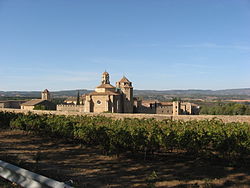 This week, my friend and I went to the Royal Monastery of Santa Maria in Poblet, Tarragona. This monastery, which was only about a half an hour drive from Tarragona, was spectacular. The whole drive to the monastery set up grand expectations for the monastery itself, and they were met and exceeded. From the outside, the monastery did not seem large at all, but after passing through the surrounding walls, we were surprised by the size of the monastery. Large walkways, tall ceilings, and tall and thick walls brings to attention the beautiful Romanesque architecture. But, instead of being decorated in a really ornate way, the builders of the monastery had focused on simplicity, so as to not create a distraction for the studious monks. It was in this simplicity, however, which demonstrated beauty. In 1150, the monastery was founded by monks of the Benedictine order. This monastery is one out the three Cistercian monasteries which belonged to the Crown of Aragon. While we took a tour in the monastery, we were surprised to see the tombs of many of the Kings and Queens of Aragon in the church. The remains of Edmundo de la Croix, Alfonso V of Aragon, Enrique de Trastamara, Martin I of Aragon, Francisco Roures (archbishop of Tarragona), Juana of Aragon, the children of Pedro IV, and other children can be found in tombs in two arches in the church, among others. On the outside of these tombs, sculptors designed full-life images of them, to remind the public of who had been buried there. During our tour, we noticed that some of the statues were damaged, while others looked like they were unblemished. The tour guide told us that in 1835, the Prime Minister during the rule of Isabella II, Mendizabal, ordered the closing of all of the monasteries in Spain, and opening the land up to the public. The added property was seen as a source of wealth to the country because the monasteries were not compensated for their loss, but this decision just ended up in vandalism to the monasteries with heartbreaking loss to paintings and other valuables. In 1935, the land was returned back to the church. And in 1940, Italian monks of the same order came and reoccupied it. Ever since the reopening of the monastery, the monks have been working to replace the stolen and broken pieces. Now, the monks work and study throughout the day. The monastery is the home to twenty-seven professed monks, one oblate, two novices, and one familiar. Throughout our visit, I was in awe of all of the rich history of the monastery. The silence and tranquility helped make the experience a peaceful and meditative one. I couldn’t help but envy the monks in their peaceful study environment, away from all of the noise of the world, but still in contact with other people and visitors. I’m sure I will take back some of the things I learned from this visit, and value moments of silence in the future. 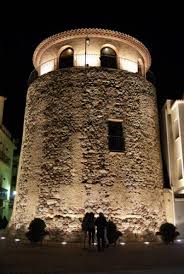 In the south of Catalonia, many people would recognize Salou right away. During spring break, many tourists from England come and party the entire week at the elite clubs in this city. They totally embrace the Spanish schedule of staying and waking up late. In addition, in the summer, the beaches are packed with sunburnt tourists, leaving behind trash and other unwanted pollutants in the water. Even though this city does have appeal (there are many nice cafes on the sand by the water, and there are many good restaurants), just one city down along the coast hosts a calmer, and I’d argue better, experience. Cambrils, a city with great camping spots near the sea, clean beaches with at least some waves, and a family friendly downtown area, among other things, is sure to paint a better picture of Spain. With more locals enjoying the many beaches, you will be sure to get a more accurate representation of Catalonia’s unique culture. Cambrils has a great appeal for active people. With many water sports available along the coast, you can enjoy the sea and workout at the same time. There are places to rent kayaks, wind surf, paddle board, and parasail. In addition, many of the large sidewalks have bike lanes, and these are always used. In the mornings and afternoons, plenty of runners run alongside the paths. If you want a vacation filled with relaxation, the downtown area is perfect. You can go shopping in the many clothing, jewelry, and shoes stores. During the summer, these stores put out their summer clothes on sale so that many of the tourists buy many clothes. Also, like Salou, you can find plenty of good restaurants. In the downtown area, restaurants line the sidewalks. In the evenings, families and friends dine in the outdoor areas of these restaurants, with a view of the ships in the port. After dinner, you can have dessert at the many ice-cream places, gofre restaurants (a really good type of waffle), or creperias. Besides sports, the beach, and restaurants, Cambrils has some rich history as well. In the city, there are old Roman buildings. In addition, there is an old watch tower set up in the middle of the port, which was built in the 17th century to keep watch over pirates. The last pirate attack was in 1799, and the tower right now forms a part of the Cambrils History Museum. If you are looking for a tranquil, family-friendly place to relax, I highly recommend visiting Cambrils!
 On the eve of Saint John’s feast day, many Spaniards have fiestas, celebrating this saint with firecrackers, fireworks, a special type of cake (Coca de Sant Joan), and more. Even though many Spaniards have stopped practicing their religion, this tradition has been held sacred throughout the country. It is pretty common for families in every city to gather together in the town squares and eat, walk around and talk to friends, and light off fireworks. However, each city has its own unique way to celebrate this day. In Reus, Catalonia (the city in which I have been staying), the city sponsors a five day festival. This year, Saint John’s feast day was on a Friday, so the festival started on Wednesday night and finished on Sunday. At night, starting at around midnight, bands and DJs are stationed at four different stages and play until the morning. Stands selling food and drinks separate the music stages. And people walk from stage to stage, listening to the music and choosing which friends they want to stay and dance with. This week, I celebrated the eve of Saint John’s feast day with my host family and their friends at their restaurant in the city of Salou. The restaurant is located right next to the beach, with a patio facing the Mediterranean sea with a view of part of Salou’s curved coast. When it began to get dark, people started to light off fireworks. At around 10:30, we ate dinner on the patio with the view of the enchanting ocean and the fireworks. After dinner, the children of the family walked out onto the sidewalk to light fireworks, and we all watched as they added their fireworks to those of the rest of Salou’s. On Saturday, I celebrated the feast of Saint John again, but this time I celebrated it with friends in the city of Reus. At around 10 at night, we walked around outside at one of the plazas downtown and sat down at a bar. Later, we ate dinner at one of the friend’s apartment flats near town. At 12:30, we left the apartment for the festival. At this time, I was already tired because I am accustomed to going to bed at a decently early time. But it was definitely not too late for others. I was far from the youngest person there. There were people of all ages at the festival, including kids in middle school up until adults in their fifties or sixties. I was surprised that there would be that many young people at a festival, but, being that Reus is pretty small, the atmosphere at this one was familiar – people were constantly shouting across the field, greeting old classmates and friends. Once I started listening to the bands with so many of the other young people of the town, the energy at the festival refueled me and I was able to stay awake dancing with new friends until early morning. At the festival, two acts stood out to me. The first was a drums group made up of people with all different ages that played a couple songs unique to Reus and Catalonia. This group was really fun to watch because all of the people in it seemed really passionate about their songs and city, and also really seemed to enjoy playing for everybody. But they were also really fun to hear – the drums were really energizing and upbeat. The performers danced to their own music, and fed energy to a crowd equally excited to hear their music. The second act which stood out to me was a band which mixed traditional Spanish dance music with more modern sounds and beats. In many of their songs, they started off with a Spanish dance beat, and then blended in a dubstep/trap electronic beat. They successfully integrated the traditional music with the new electronic music, without taking away the value of either. So far in Spain, I have learned many things about cultures, people, myself, and life in general. One of the things which has helped me learn this much so far is experience. Through experience, I have met really neat people who have been open to share their lives and traditions with me. Even though I have made some mistakes in Spain (waiting for the bus in a more dangerous part of my town, initially not understanding the Spanish way of greeting people, or directly translating specific words from Spanish to English), it has been through these mistakes that I have been able to learn. 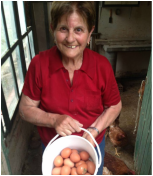 Meet Yaya, my new “adopted” grandmother. Yaya and I have shared many afternoons together, cooking, taking care of the hens, and talking. I have learned much about her incredible life, and have felt inspired to share her story. Yaya grew up during an extremely difficult time in Spain. She was born during the Spanish Civil war, and lived throughout the Franco's Nationalistic dictatorship. In her early childhood, when Yaya was just six years old, her mother passed away from an illness. Then, when Yaya was eight, her father was killed because he opposed Franco. With both parents dead, Yaya had to rely on her two older siblings for food and protection. While her older two siblings went to work during the day, Yaya stayed home with her dog and worked in their garden. Every morning, Yaya would help make breakfast for her siblings. And every night, Yaya would have a meal prepared from the vegetables in the garden. From not much food, she was able to sustain her older siblings and herself. When Yaya was 11, she studied at a school nearby for one year. However, realizing that her work was needed in the house, she decided to sacrifice her schooling for her family. Her older sister, instead, taught Yaya. From a very young age, Yaya realized that her self-sacrifice was a gift of Love that she was able to perform no matter what. When Yaya was in her early twenties, she married another young man from her village. They had grown up together as friends, and both knew what sacrifice and Love meant. Both understood that these were needed for the success of a family. A few years after getting married, with two children and pregnant with the third, the couple moved to Barcelona to look for better jobs. Yaya and her husband wanted their children to have better lives, and better educations, and knew that it would be easier to find better sustaining jobs in the city. While in Barcelona, Yaya worked for three households. At six every morning, Yaya would wake up, make breakfast, and help the two oldest children get ready for school. At seven, she would take her youngest with her out to the first house to clean and cook breakfast. After spending a couple of hours at the first house, she would move on to the next house, cleaning and cooking meals for the rest of the day. When I questioned her about the families she worked for, she said that they were very kind. She would often sit with them to eat meals, and she did not feel disrespected at all. These families greatly appreciated her hard work, and honored her as a part of their households. Once the children grew up and became independent, Yaya maintained an active lifestyle full of hard work. She and her husband moved to Reus, where she started raising hens and gardening. She kept up the same work hours as before, waking up at six and starting work bright and early. Whenever her children needed her help with anything, she was ready and willing to show her love and sacrifice her time for them. A year ago, she lost her husband to cancer. Leading up to his death, she took great care of him, sacrificing many of her hours to help him. Once he passed away, it became very hard for her to live alone. However, Yaya decided to spend her time helping her children instead of feeling sorry for herself. Now, she still gets up at six every day, ready for her work. She has two properties where she raises hens, and she helps out with the cooking (lucky me) for one of her sons’ family. When I asked her why she still gets up so early, she said “To work! Clearly,” surprised that I would even ask her that. It has been this attitude which has helped her do so many things. Yaya’s persistent, self-sacrificing, and optimistic attitude has enabled her to work extremely hard and to never ever give up. She rejoices in the challenges of each day because she is strong. Despite her many years of work, she has never lost her sense of humor. A couple of days ago while we were drinking tea and eating a rice dessert (arroz con leche), she was so involved in her story that she plopped a spoonful of rice in her tea instead of on her plate! It was hilarious, and we both died from laughter. After we calmed down a little bit, she just stirred up her tea and drank it anyways. Nothing seems to slow her down. While recounting her childhood, she still has haunting memories. “It was really hard,” she told me, with tears in her eyes. At such a young age, Yaya had to grow up and do what not many of us could ever fathom doing. She lost both of her parents and had to take over many of their responsibilities for her older siblings. But, even through all of her hardships, Yaya has maintained a positive attitude. By first encounter, you would have never been able to guess her history, despite the fact that she saves and uses everything. A child at heart, she welcomes all around her with Love. Whenever I see here, she brightens up, smiles, and proceeds to tell me about her day. I have cherished her stories, and honor her as a model of hard work. |
Jessica De GreeJessica teaches 5th grade English and History as well as 11th grade Spanish III at a Great Hearts Academy in Glendale, AZ. In addition to teaching, she coaches JV girls basketball and is a writing tutor for The Classical Historian Online Academy. Jessica recently played basketball professionally in Tarragona, Spain, where she taught English ESL and tutored Classical Historian writing students. In 2018, she received her Bachelor's degree in English and Spanish from Hillsdale College, MI. Archives
April 2020
Categories
All
|
|
SUPPORT
|
RESOURCES
|
|

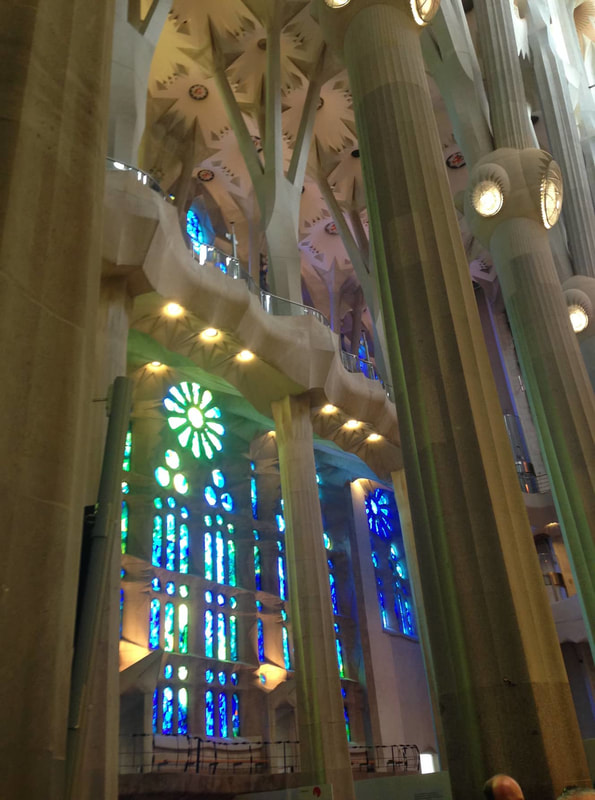
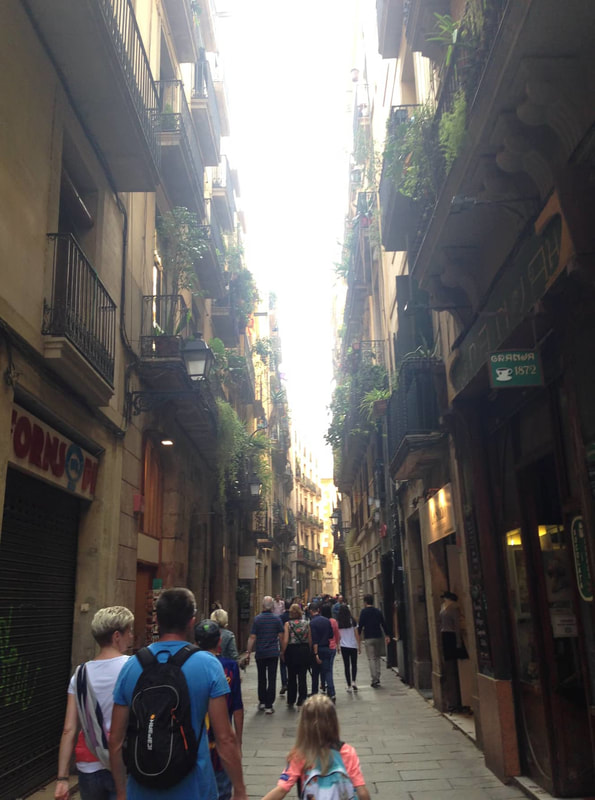
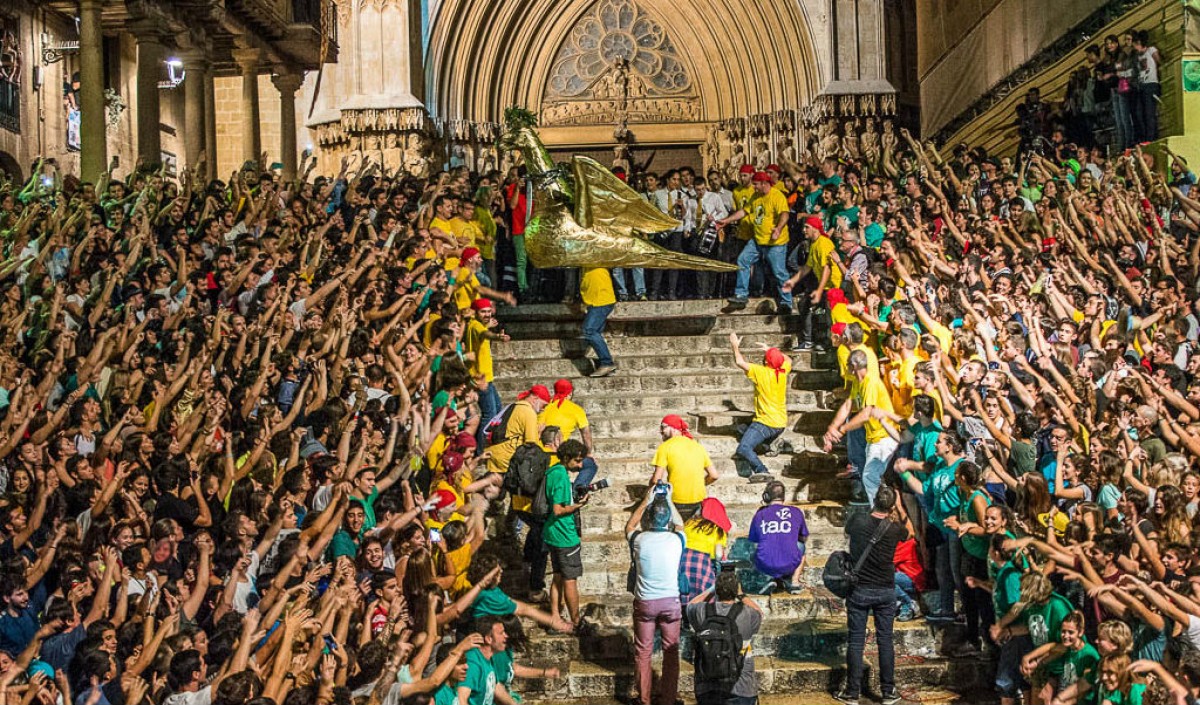
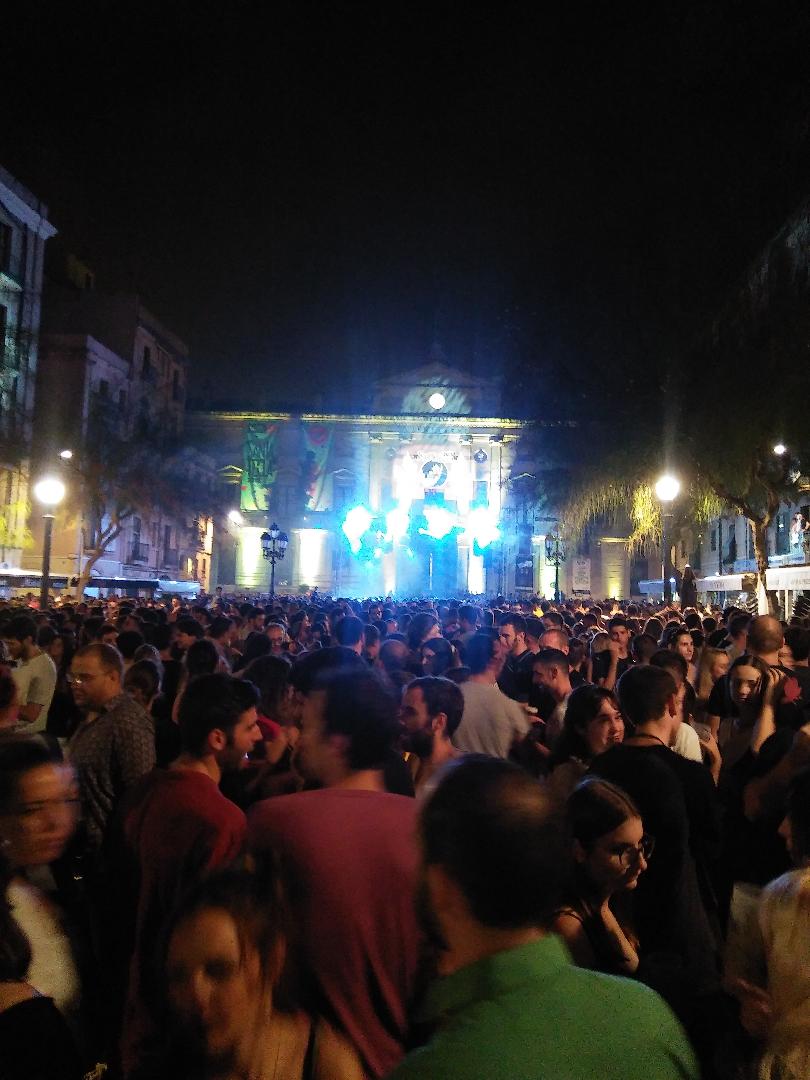
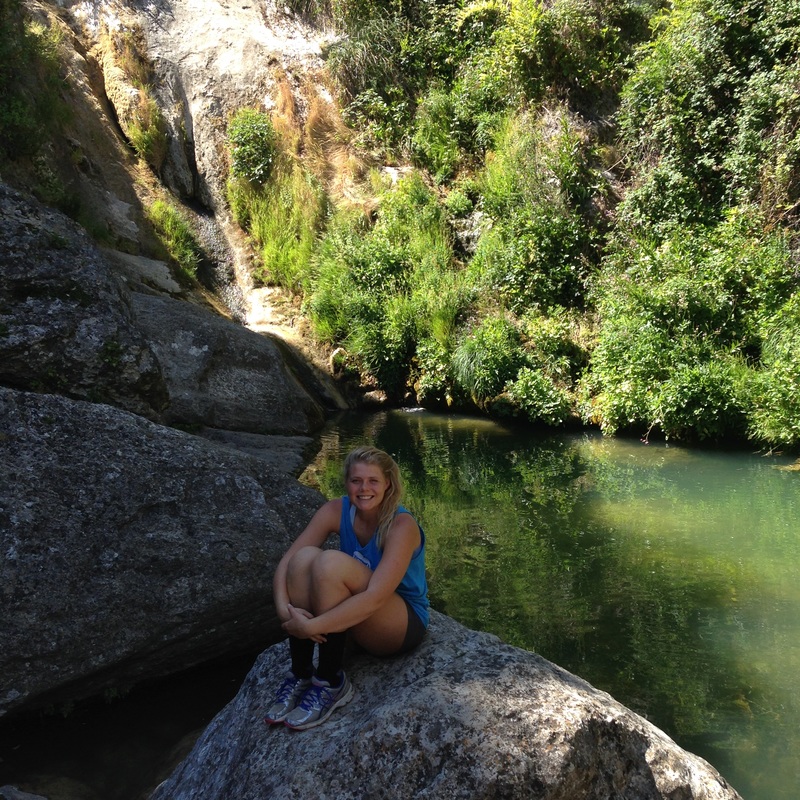

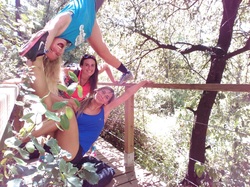

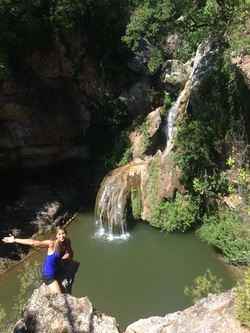
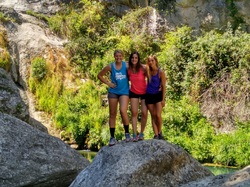
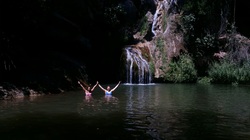

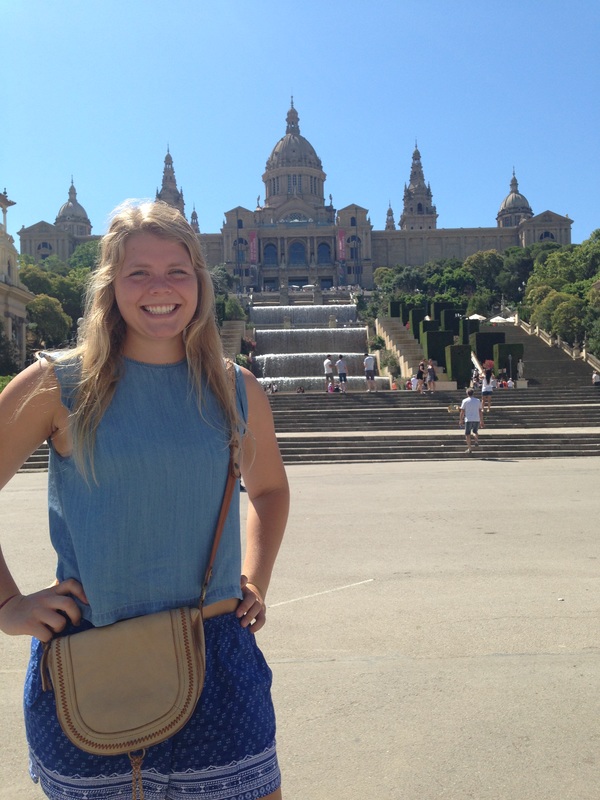




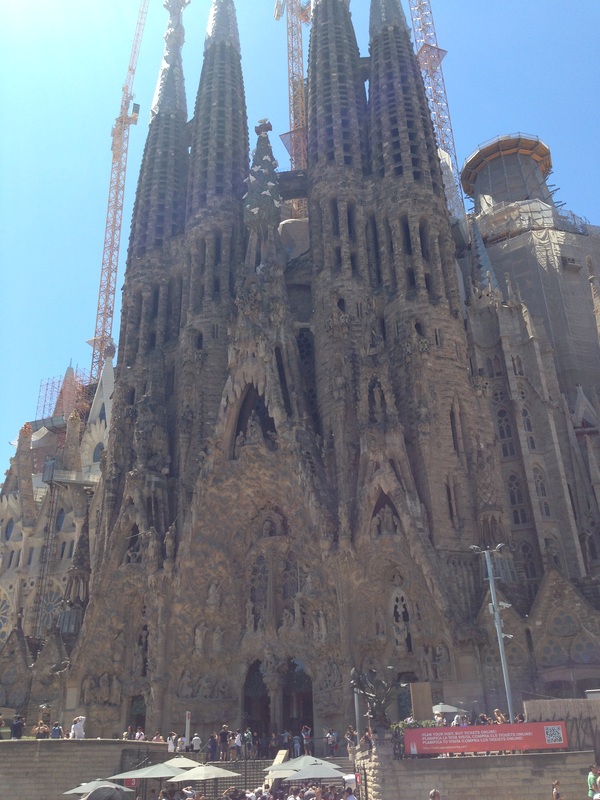
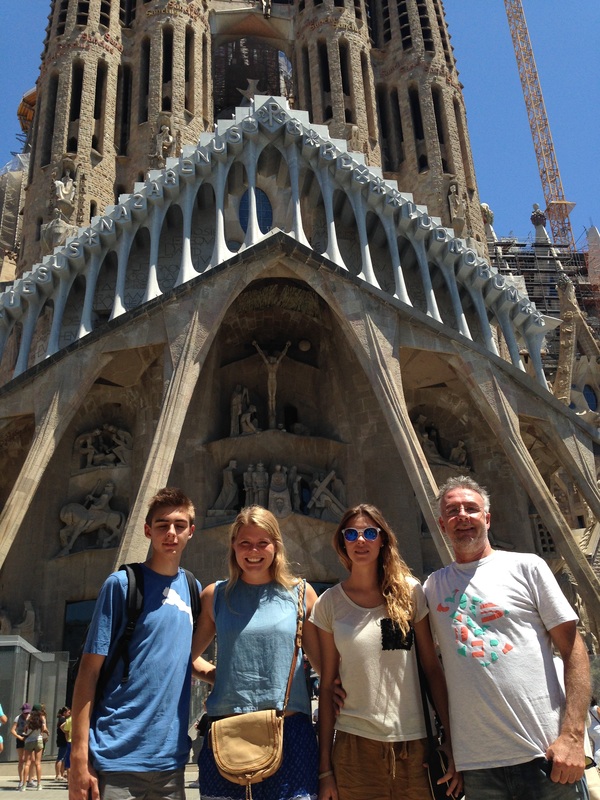
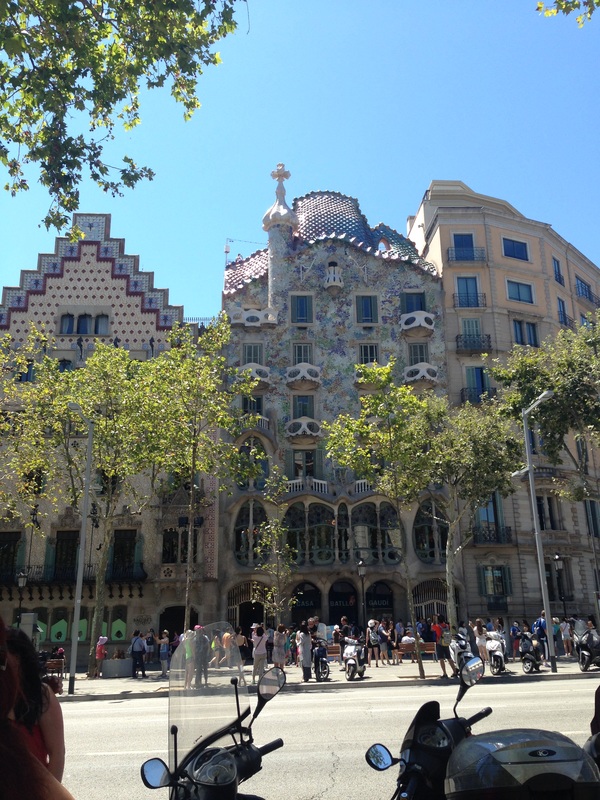
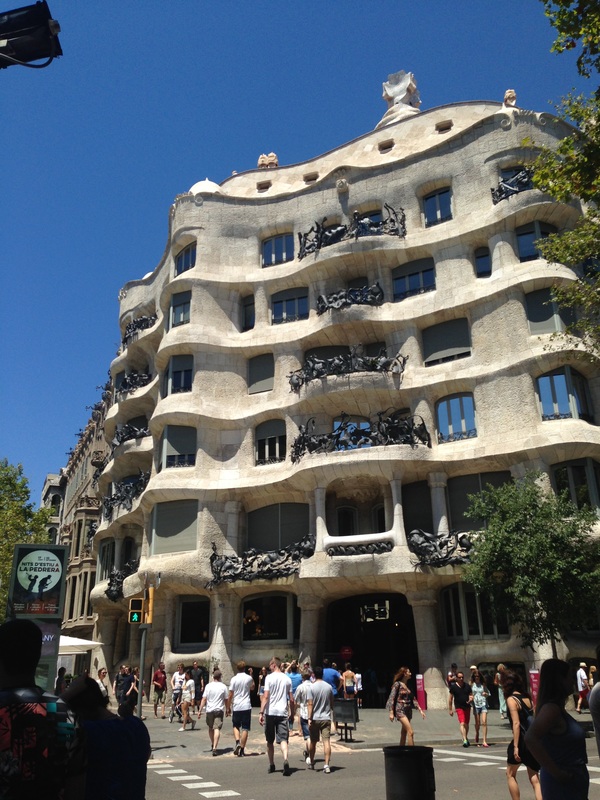
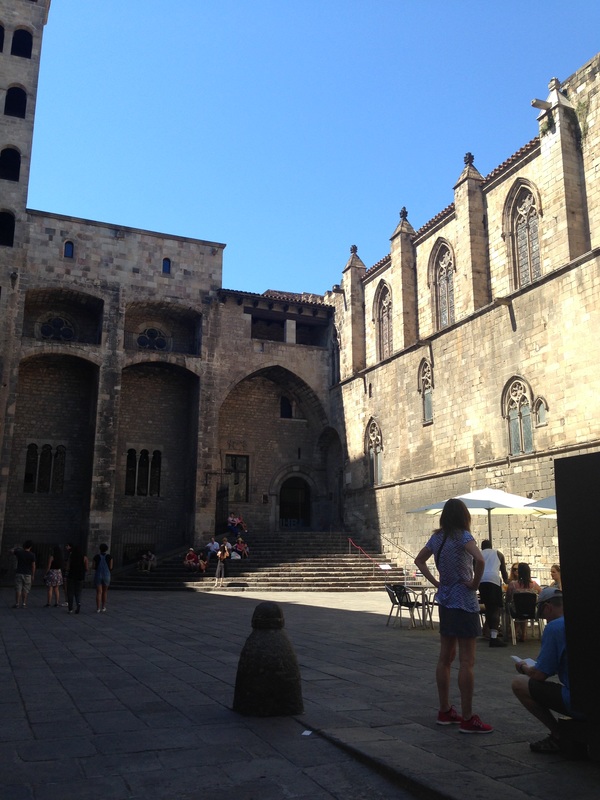
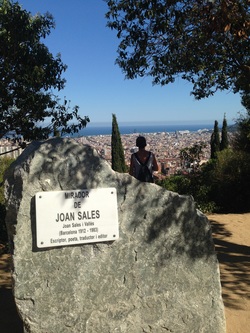
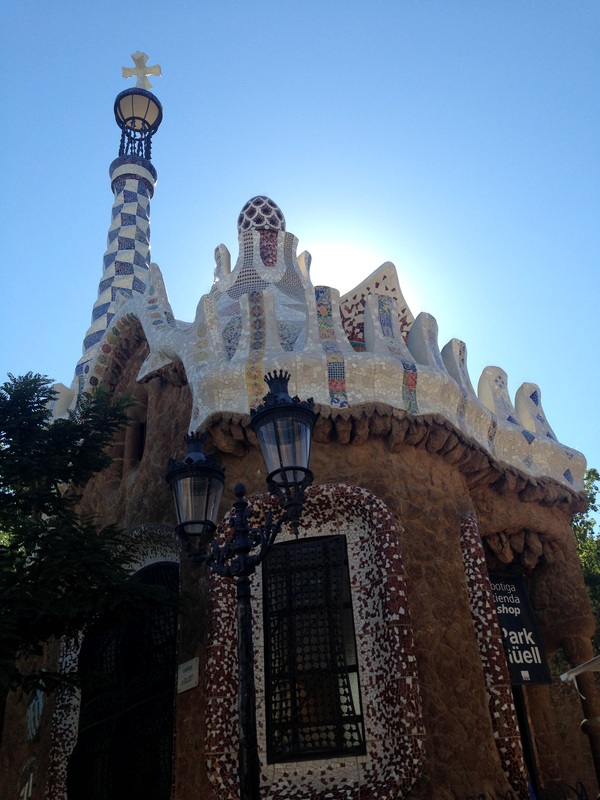
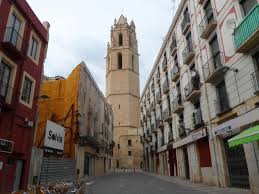

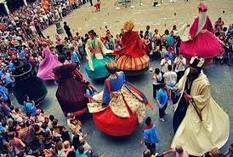


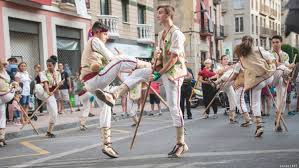





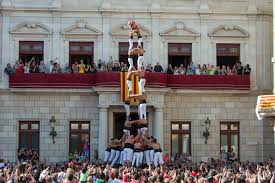

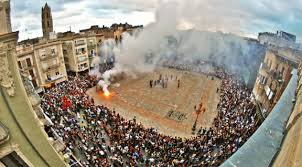
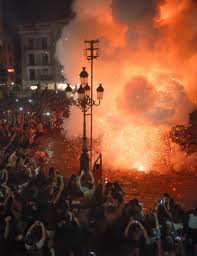



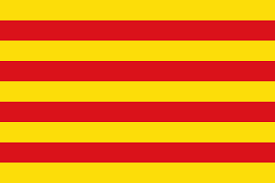
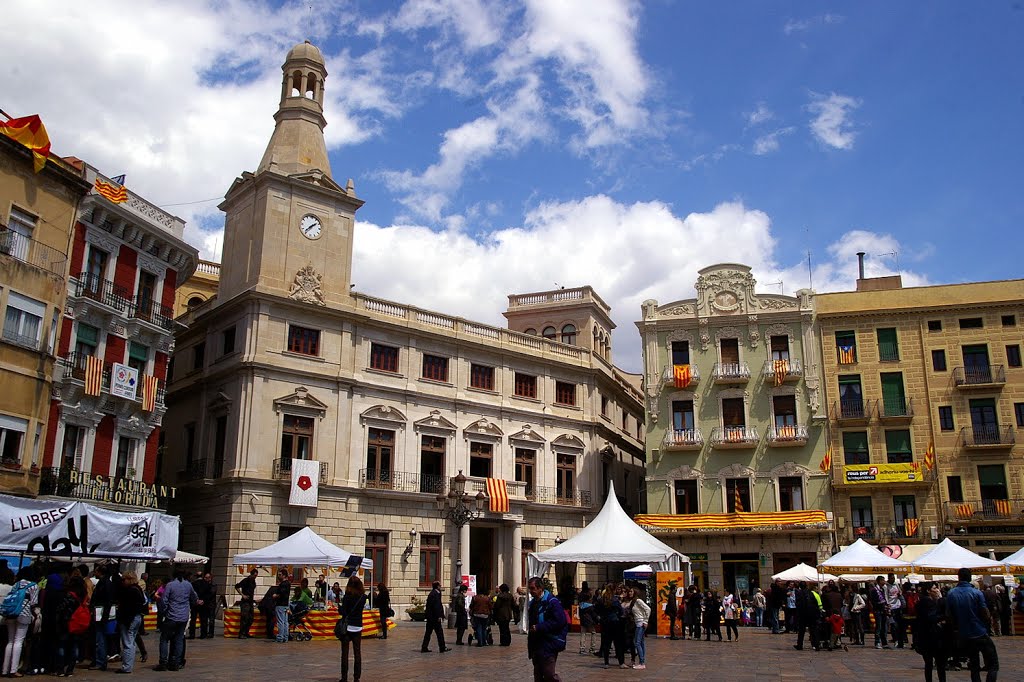
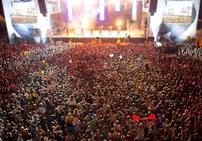

 RSS Feed
RSS Feed



